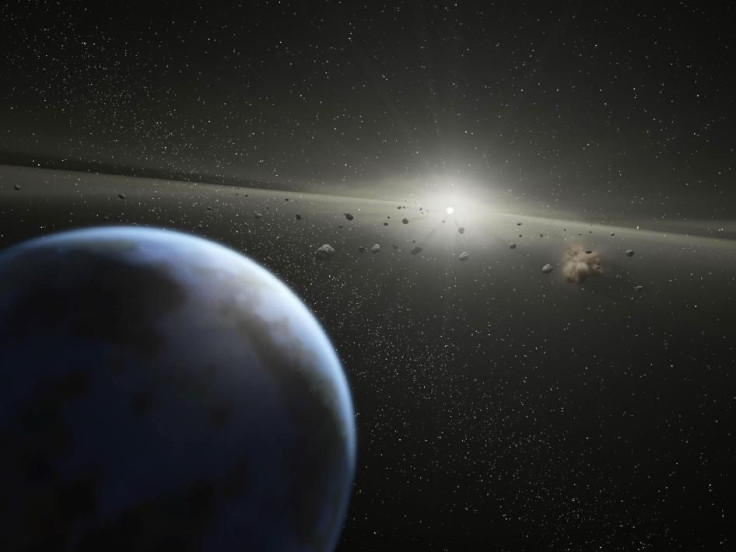NASA Warns Of 689-Foot Asteroid Headed For Earth This Weekend

KEY POINTS
- An asteroid bigger than the Washington Monument is approaching Earth
- The asteroid could cause an impact event if it hits the planet
- 2017 AE5 is big enough to wipe out an entire city during an impact event
NASA’s Center for Near-Earth Object Studies (CNEOS) has detected a massive asteroid that’s currently moving towards Earth. If it collides with Earth, it would cause a major impact event on the planet.
According to CNEOS, the approaching asteroid is known as 2017 AE5. The agency indicated that this asteroid measures about 689 feet, making it significantly bigger than the Washington Monument.
CNEOS estimated that the asteroid is currently flying across space at a speed of over 20,000 miles per hour. 2017 AE5 is officially classified as an Apollo asteroid. Like other Apollo asteroids, 2017 AE5 has a very wide orbit around various planets including Mercury, Venus and Mars.
Occasionally, this asteroid intersects Earth’s path as it goes around the Sun. 2017 AE5’s near-Earth intersections usually occur when the asteroid approaches its closest distance from the giant star.
Compared to other types of known asteroids, those with Earth-crossing natural orbits are considered to be the most dangerous. Since they are known to intersect Earth’s path directly, they are constantly in danger of colliding with the planet.
Given the asteroid’s massive size and speed, it is capable of causing a major impact event if it hits a populated area. Based on its estimated diameter, the asteroid’s impact could create a crater that’s about two miles wide.
Once it hits Earth, the explosion would release powerful energy that’s equivalent to multiple atomic bombs. The blast would incinerate everything near the point of impact. The blast wave generated by the explosion would be powerful enough to destroy a very large area, such as a major city.
According to CNEOS, 2017 AE5 will completely miss Earth during its upcoming visit. As indicated in the agency’s database, the asteroid will cross Earth’s path on Feb. 1 at 3:18 a.m. EST. During this time, the asteroid would be about 0.03490 astronomical units from the planet’s center. This distance is equivalent to about 3.2 million miles.
2017 AE5 is not expected to approach Earth until July 25 this year. For its future visit, the asteroid will be about 0.46041 astronomical units or around 43 million miles from Earth.
© Copyright IBTimes 2024. All rights reserved.





















